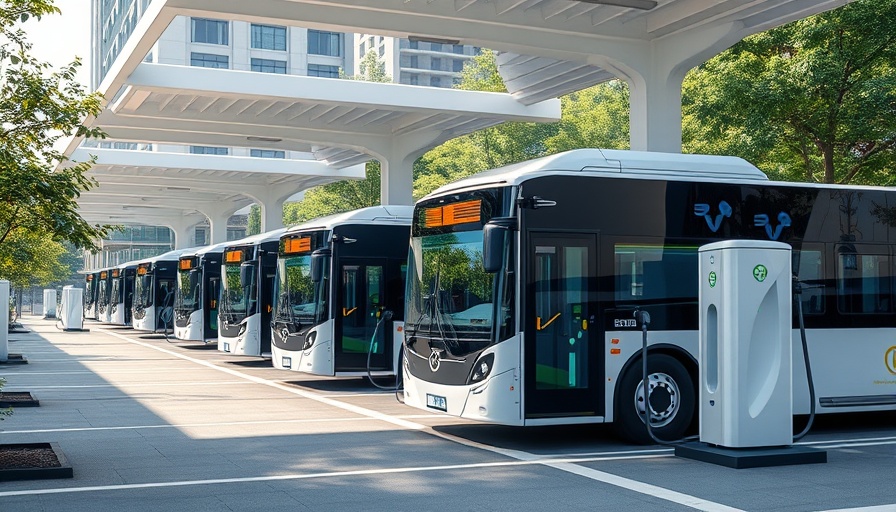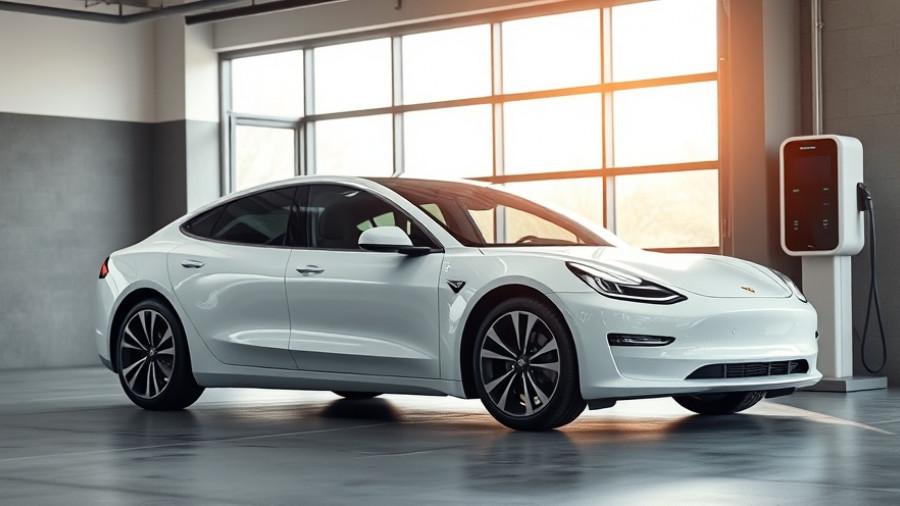
BVG Takes Bold Steps in Electric Bus Infrastructure
Berlin's public transport operator BVG is ushering in a new era of sustainable urban travel, with plans to expand its electric bus charging infrastructure at terminal stops. This initiative is a part of the broader STELLA project, driven by a commitment to make electric buses a central component of climate-friendly public transport.
Charging Stations: A Game Changer for Electric Buses
With the implementation of fast chargers at terminal stops, BVG aims to not only enhance the efficiency of its electric bus operations but also alleviate dependency on returning to depots for recharging. By installing 20 charging stations by the end of 2027, buses can now charge during regular service hours, ensuring they remain fully operational without requiring extensive downtime. This infrastructure development provides a vital safety net in case of lower than planned charge levels during the day.
Building a Resilient Network
The construction of charging stations began on October 6, launching at the Schwarzelfenweg terminus in Pankow, with an expected completion by early 2026. Additional work will kick off soon at the Kaulsdorf and Marzahn S-Bahn stations, positioning them for operation within weeks. These chargers—when integrated with the IVU.suite optimisation tools—will progressively streamline operations, factoring in the charging needs of the buses in real-time. With BVG boasting a fleet of around 1,400 buses, ensuring they are effectively utilized while maintaining minimal downtime is crucial.
The Economic Shift towards Electric Solutions
The funding of this €12.1 million project from the Federal Ministry of Transport, as highlighted by Transport Minister Patrick Schnieder, acknowledges the financial challenges faced while transitioning towards electric solutions. This financial backing is designed to bridge the cost gap between electric and conventional buses, enabling BVG to upgrade their infrastructure without undergoing crippling expenses. This is more than a mere upgrade—it is a significant investment in infrastructure that promotes long-term sustainability in public transportation.
Vision for a Sustainable Future
As electric buses become increasingly pivotal in reducing urban carbon footprints, BVG’s move embodies a commitment to future-proofing Berlin's public transport system. Ultimately, BVG plans to have its entire bus fleet electrified by 2030, setting a powerful precedent for other cities navigating the challenges of electric vehicle integration and infrastructure. This ambitious vision positions Berlin as a leader in eco-friendly public transportation, illustrating the potential for other cities to follow suit.
Conclusion: Why This Matters to You
For homeowners and businesses invested in solar and green energy, these developments signal a significant opportunity. As city infrastructure upgrades embrace electric vehicles more profoundly, the synergy between solar energy solutions and electric charging systems will become increasingly relevant. Imagine a future where sustainable energy not only powers homes but also the public transport you rely on every day.
 Add Row
Add Row  Add
Add 



Write A Comment